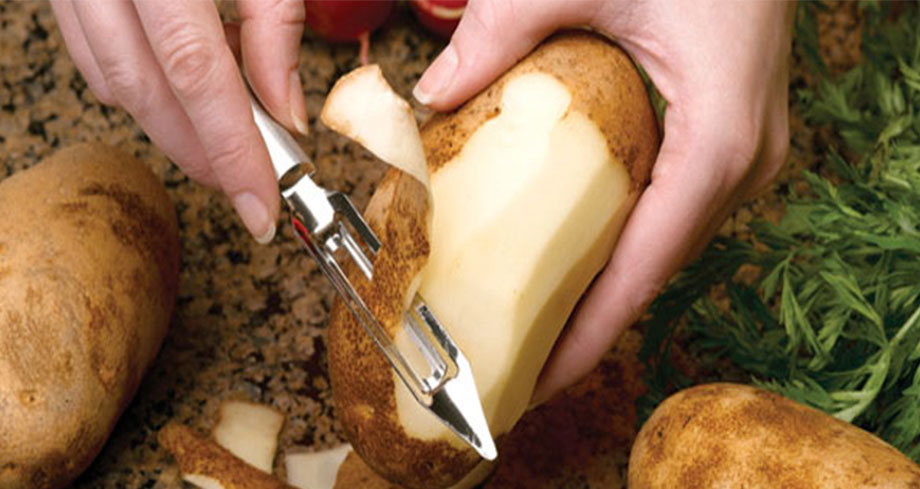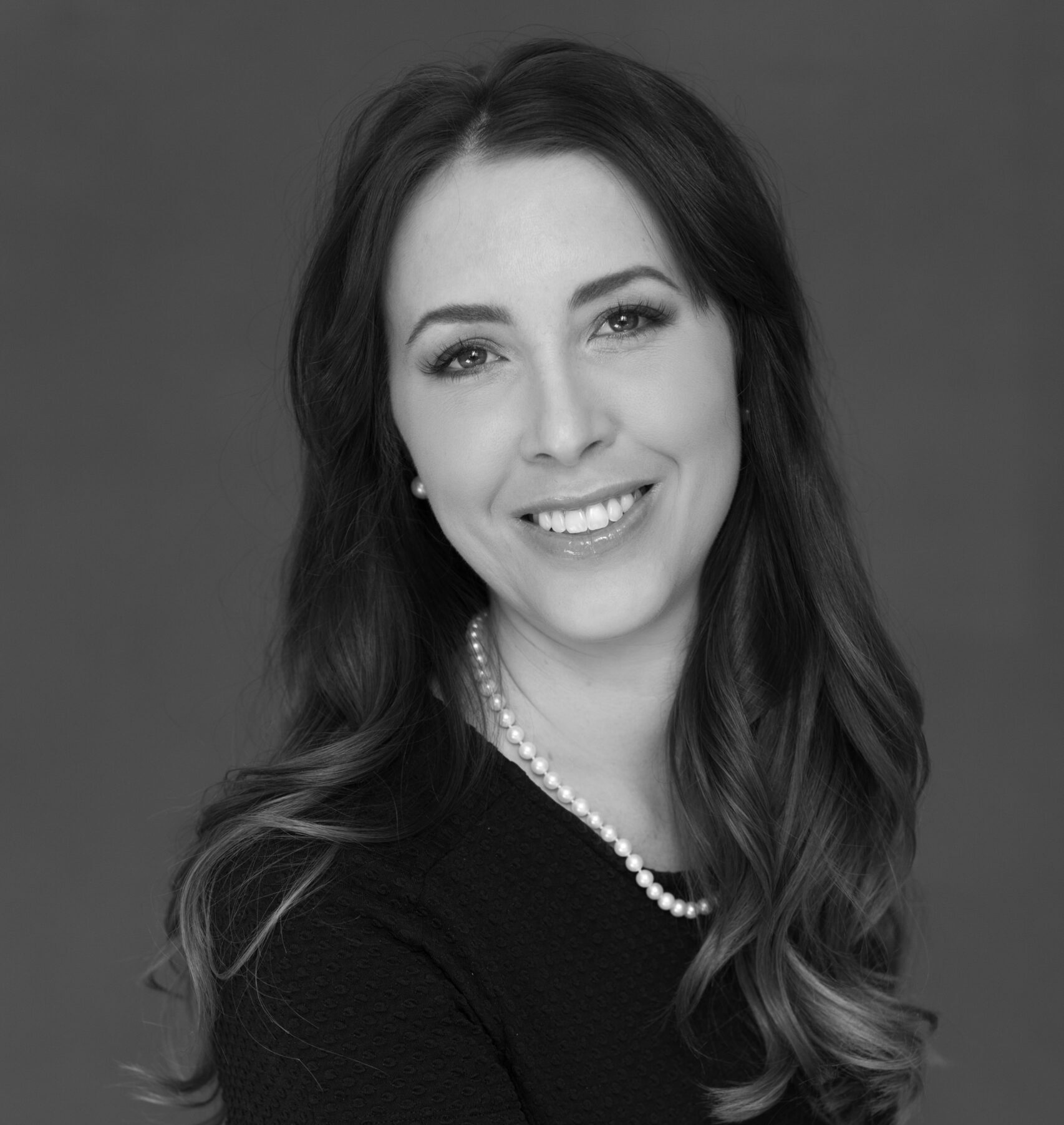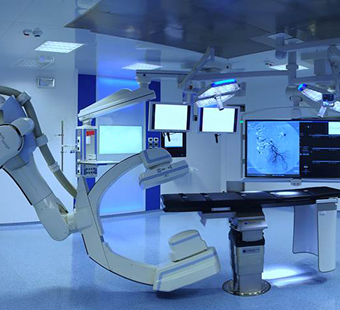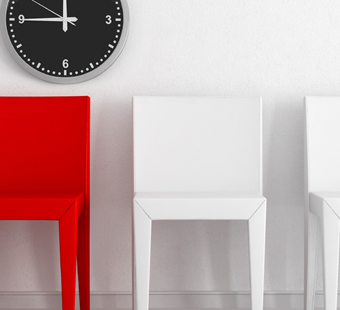
CoolSculpting is a non-invasive fat removal procedure that has seen a dramatic increase in popularity over the past several years. Patients are asking for the procedure by name at their local med spa, dermatologist’s office, plastic surgeon’s office, and even at the OBGYN’s office for their annual well woman exam. The CoolSculpting proceedure literally freezes fat, and relies on the patient’s lymphatic system to expel the destroyed fat cells. To effectively market and illustrate the service, providers should be knowledgeable about how CoolSculpting actually works so they can accurately explain the process to potential patients. Like any procedure, setting realistic expectations during the consultation is key. Explaining potential results to the patient provides education and information, but also gives the provider an opportunity to assess the patient’s goals prior to committing to the procedure. If the patient has unrealistic expectations, they should be corrected before treatment, or the patient should be referred elsewhere.
Cryolipolysis
Back in the 70’s, Dr. Dieter Manstein and Dr. R. Rox Anderson observed that some children who ate popsicles developed dimples in their cheeks. These physicians realized the popsicles were freezing and eliminating small pockets of fat cells inside the children’s inner cheek. Cryo (cold), Lipo (fat), and Lysis (rupture) translates to the rupture of fat cells from extremely cold temperatures. CoolSculpting started decades ago, with Harvard scientists researching the intentional freezing of fat for cosmetic purposes.
Lymphatic system
Lymph is an infection-fighting fluid containing white blood cells. Lymph is filtered in the lymph nodes. Lymphatic vessels stem off of the nodes. The main function of the lymphatic system is to transport lymph throughout the body, however, it also eliminates toxins, waste, and other unwanted materials from the body. After any non-surgical fat reduction procedure, the fat cells are destroyed, but not suctioned out of the body. In liposuction, the destroyed fat cells are sucked out. In CoolSculpting, approximately 20% of the fat cells are destroyed via freezing temperatures, but the fat cells remain in the body. The fat cells die approximately two weeks after the treatment. The body then creates macrophages which help expel the destroyed fat cells through the lymphatic system. This generally occurs 6 to 12 weeks post-proceedure.
Skin Tightening
Many patients ask “will my skin snap back?”. This is a great question. With liposuction, a greater volume of fat is removed during the procedure, so effect on the skin is more profound. During a single CoolSculpting treatment, approximately 20% of the fat cells are killed, and they are eliminated over the course of 6-12 weeks. This gradual fat reduction provides the patients skin with more opportunity to tightening up and conform to the new shape. When consulting with a patient, this conversation presents an excellent opportunity to cross-sell additional products or procedures. The patient should be educated on the additional benefits of laser skin tightening treatments, and/or skin creams that you have available in the office.
Weight Loss vs Body Sculpting

When speaking to patients about the procedure, One of my favorite metaphors to use in a CoolSculpting consult is peeling a potato. If there is an irregular bump on the potato and you peel over it, the weight of the potato isn’t going to change very much, but the shape is going to be much smoother. This comparison is often the “aha” moment for patients. I tell patients to think of a CoolSculpting treatment as peeling a potato. We can always do more treatments, or peel the potato again, to get a smoother or more dramatic result, but the weight of the patient (or, um, potato…) isn’t going to change dramatically. Expanding on the potato metaphor, if there is an irregularity and it is smoothed with peeling, you might not notice a huge difference unless you had a photo of it before. In fact, you might even notice other irregularities that appear to be more obvious, because this treated region is now smooth. Of course, those areas can be “peeled,” too. We encourage it!
Before and after photos
Consistent before and after photos are essential to the documentation of non-surgical fat removal. Measurements vary based on where the tape measure is placed, and how taut it is held on each body area. Weight should be stable. Consistent and high quality medical photography will show the visually articulate the patient’s results and, manage expectations and ensure their satisfaction with the treatment. Impressive before and after photos will also dramatically increase your chances of receiving referrals from the patient (“Check out my before and after pics of this treatment I did! It didn’t even hurt…”) and/or adding new treatment plans for different body areas. Documenting great results also helps your staff to market and illustrate services to potential new patients. Setting up a photo room is simple and well worth the investment. Click HERE to read about setting up a medical photography room in your practice.
RxPhoto
Of all the medical photography platforms out there, RxPhoto is my favorite for a number of reasons. RxPhoto is a HIPPA-compliant, password-protected app on my iPad. I can take photos directly on my device, without using up my personal storage. Before and after photos can be shown side-by-side in the exam room on my laptop or mobile device. RxPhoto also provides some unique and impressive tools for showing before and after results to patients. The slider tool allows the provider to literally slide a bar between the before and after photos. The morphing tool fades the before photo into the after photo, which is great for CoolSculpting because the patient can literally see the fat melting away. With each of these tools, patients can see their transformation taking place in front of their eyes. Patients are constantly asking for copies of their photos to take home, which used to be a tedious process for our staff. RxPhoto allows me to safely and securely share photos with patents through a HIPAA compliant gateway.
My staff also uses these photos to help new patients visualize potential results during the consultation process. I have found that patients respond best to before and after photos that show procedural results of patients with of similar gender, age and body type. We like to show patients some of the great stock marketing photos provided to us by CoolSculpting. We also like to show results from our own practice, which are often viewed as They want to see real photos from our patient database. As long as an established patient has consented to sharing their photos, I can show a potential patient their results all from my iPhone on the RxPhoto app. Best of all, I don’t have to upload photos from a camera at the end of my shift.
Reviewing results with your patient
After treating one problem area, waiting 6 weeks, re-treating this same problem area, and waiting 6 weeks, have the patient return to the office for photos and re-assessment. Using the RxPhoto app, place their before and after photo side-by-side on your iPhone or iPad in the exam room. Zoom in on their problem area and point out how much smoother their result is now after CoolSculpting. Patients love enthusiasm, so share in their excitement over their new and improved look. Then, use the before and after photo as an opportunity to encourage more treatments. You can easily educate the patient without sounding pitchy. “Now you know what to expect from the minimum treatment. If you like the way this looks, imagine if we repeated the treatment. The difference from the ‘before’ to the ‘after’ is what you’d see again. Of course, if you’re satisfied, we don’t have to retreat this area. Now you know what to expect, and we can do this procedure anywhere from the neck to the knees.”
Don’t worry about being a salesperson
The results of CoolSculpting are subtle but impressive. There is no pain, no downtime, and substantial improvement. Always take the necessary steps to make sure your photos to reflect your work. Before and after photos will often sell potential patients on a treatment faster than a consultation or sales pitch. After all, none of us went to nursing/medical/PA school to become salespeople. We got involved in healthcare to help people. Though it’s cosmetic, helping somebody feel more confident in their own skin is a wonderful feeling. Enjoy the process.
Are you struggling to take high-quality and consistent before and after photos?
Check out our whitepaper on

Lindsay Van Meter
Lindsay Van Meter, RN, BSN, CNOR, CANS

How much should you spend on medical photography equipment?Without a doubt, your office needs to take photos of your patients on a daily basis. Whether you’re building a before and…
Ever wonder why you call your clients “patients”? Turns out, the etymology of the word stems from a Latin word that means “enduring, or suffering, without complaint”. And this quiet…
Before and after photos, as well as photos used to document patient procedures are considered PHI (Protected Health Information) by HIPAA, regardless of whether or not clients are using health…


